Are you looking for ways to Share videos privately? Secure video hosting and sharing are crucial these days. Video piracy frequently results in a significant loss of income for businesses. The only way to stop this is to seek assistance from safe hosting platforms. To prevent online theft, these platforms often use a password-protected or DRM-based encryption system.
Secure video hosting platforms ensure that only authorized users can view the content. With multi-DRM technology, platforms help users to protect intellectual property from being copied or distributed without permission.
Secure hosting platforms offer robust infrastructure to ensure high availability and reliability of video content. They allow content owners to set specific permissions for viewing, downloading, and sharing.
Secure video sharing helps share videos privately within teams, especially in remote or hybrid work environments.
Why Secure Video Sharing Matters?
Personal Privacy
- Videos often contain personal and sensitive information. Share videos privately to ensure that such data is protected from unauthorized access.
- Personal videos can reveal identities and other private details that could be misused by malicious actors.
Corporate Confidentiality
- Secure sharing prevents competitors or unauthorized parties from accessing this valuable information.
- Sharing video privately also helps companies maintain their reputation by ensuring that confidential communications and internal meetings remain private.
Regulatory Compliance
- Adherence to Data Protection Laws: Many regions have stringent data protection regulations (like GDPR in Europe or HIPAA in the U.S.) that require secure handling of personal data, including videos.
- Avoiding Legal Consequences: Non-compliance with these regulations can lead to significant legal penalties and fines.
Security Against Cyber Threats
- Mitigating the Risk of Cyber Attacks: Secure video sharing platforms use encryption and other security measures to protect against hacking, interception, and other cyber threats.
- Preventing Data Breaches: By securing video content, the risk of data breaches is significantly reduced, protecting both individuals and organizations.
Control Over Distribution
- Managing Access Permissions: Secure sharing allows for precise control over who can view, share, or download the video content, ensuring that it only reaches the intended audience.
- Revocation of Access: If needed, access to the video can be revoked even after it has been shared, enhancing control over the distribution.
Integrity and Authenticity
- Ensuring Content Integrity: Secure sharing platforms often include measures to ensure that the video content has not been altered or tampered with during transmission.
- Verification of Authenticity: These platforms can also provide tools for verifying the authenticity of the video, confirming that it comes from a trusted source.
Ethical Considerations
- Respecting Confidentiality Agreements: Secure sharing respects the confidentiality agreements and trust placed by the video creators and viewers.
- Promoting Responsible Sharing Practices: Sharing videos privately encourages responsible sharing practices, fostering a culture of respect for privacy and confidentiality.
Enhanced Collaboration
- Facilitating Secure Collaboration: In professional and academic environments, secure video sharing facilitates safe and productive collaboration by ensuring that all participants can share and view content without security concerns.
- Supporting Remote Work: With the rise of remote work, secure video sharing ensures that remote teams can communicate and share information securely.
Store and share videos securely with Muvi Flex! Start your free trial now!
How to Share Videos Privately Online – Tips for Choosing the Right Platform
Sharing videos privately or securely online involves a combination of technological and policy measures to protect content from unauthorized access, distribution, and misuse. Here are detailed explanations of each aspect to consider when choosing the right platform for secure video sharing:
1. Encryption
Encryption is the process of converting video data into a coded format that can only be read or interpreted by someone who has the appropriate decryption key. This guarantees that even if data is captured during transmission, it cannot be decoded without the key.
- In-Transit Encryption: Encrypts video data while it travels between the user’s device and the server, usually via SSL/TLS protocols.
- At-Rest Encryption protects data kept on servers against unwanted access. This is crucial for protecting videos saved in cloud storage.
- End-to-End Encryption: Encrypts the video so that only the sender and receiver can watch it, and the platform cannot decode it.
2. DRM (Digital Rights Management)
Digital Rights Management (DRM) refers to technology and regulations that control how digital media may be used and distributed.
- Content Protection: DRM systems such as Google Widevine, Apple FairPlay, and Microsoft PlayReady help to prevent illegal copying and sharing.
- License Management: Ensures that only users with valid licenses have access to the material. Licenses can be time- or usage-based.
- Watermarking is the process of embedding unique, often undetectable, identifiers in videos to trace and identify illicit distribution.
3. Access Controls
Access Controls manage who can view or interact with the video content.
- User Authentication: Requires users to verify their identity through passwords, two-factor authentication (2FA), or single sign-on (SSO).
- Role-Based Access Control (RBAC): Limits access based on user roles. For instance, only certain employees can view internal training videos.
- Permissions Management: Granular control over what actions different users can perform, such as view, download, edit, or share videos.
- Geographic Restrictions: Restrict access based on geographical locations to comply with regional licensing agreements or privacy laws.
4. Data Privacy Compliance
Data Privacy Compliance ensures that the platform adheres to laws and regulations that protect user data and privacy.
- GDPR Compliance: For platforms serving European users, compliance with the General Data Protection Regulation (GDPR) is mandatory, including measures for data protection, user consent, and breach notifications.
- CCPA Compliance: For platforms serving California residents, adherence to the California Consumer Privacy Act (CCPA) is required, which includes providing rights to data access and deletion.
- HIPAA Compliance: For healthcare-related videos, compliance with the Health Insurance Portability and Accountability Act (HIPAA) is crucial to protect sensitive health information.
5. Service and Legal Compliance
Service and Legal Compliance refers to the adherence to contractual, legal, and regulatory requirements that govern the use of video sharing services.
- Terms of Service: Ensure the platform’s terms of service align with your intended use of the videos, especially concerning content ownership and user rights.
- Legal Jurisdictions: Be aware of the legal jurisdictions in which the platform operates and stores data, as different regions have varying laws concerning data protection and content distribution.
- Content Moderation Policies: Platforms should have clear policies for moderating and removing inappropriate or illegal content to prevent legal issues.

6. Customer Support
Customer Support is vital for addressing technical issues, security concerns, and user assistance.
- Technical Support: Look for platforms that offer 24/7 technical support to quickly resolve any issues related to video sharing or security.
- User Training: Some platforms provide training resources or support for users to understand how to use security features effectively.
- Incident Response: Ensure the platform has a robust incident response plan to handle data breaches or other security incidents promptly and effectively.
- Custom Solutions: Platforms offering personalized customer support and solutions can be beneficial, especially for large organizations with specific security needs.
Muvi Flex for Secure Video Hosting and Sharing Videos Privately
Muvi Flex offers several advanced features designed to provide secure video hosting and sharing videos privately, addressing both performance and protection needs. Such as:
1. Protection Against Piracy
Encryption and DRM (Digital Rights Management):
Muvi Flex employs strong encryption protocols, ensuring that video content is encrypted during transmission and storage. It uses DRM systems to control how content is accessed and used, preventing unauthorized distribution and playback.
Watermarking:
The platform supports dynamic watermarking, which embeds a unique identifier in the video stream. This watermark can be traced back to the original user if the content is pirated, acting as a deterrent against unauthorized sharing.
Geo-Blocking and IP Restrictions:
Muvi Flex allows content owners to restrict access based on geographic locations or specific IP addresses. This feature is particularly useful for complying with regional licensing agreements and preventing access from known piracy hotspots.
2. Built-in Content Delivery Network (CDN)
Global Coverage:
Muvi Flex integrates a robust CDN with servers distributed globally. This ensures that content is delivered quickly and efficiently to users no matter their location, reducing latency and improving the viewer experience.
Scalability:
The CDN can handle varying amounts of traffic, from a handful of viewers to millions. This scalability is crucial for accommodating peak times, such as live events or sudden spikes in viewership.
Redundancy and Reliability:
With multiple points of presence (PoPs), the CDN offers redundancy, ensuring that if one server goes down, others can take over. This increases the reliability and uptime of video streaming services.
3. Secure Embedding
Domain Restriction:
Muvi Flex allows content owners to specify which domains are allowed to embed their videos. This prevents unauthorized websites from embedding and streaming the content, ensuring that it can only be accessed through approved channels.
Token-Based Authentication:
The platform can generate unique tokens for each user session. These tokens are required to access the video, adding an extra layer of security to prevent unauthorized embedding, and sharing.
4. Permission-Based Sharing
Access Controls:
Muvi Flex provides detailed access control settings, enabling content owners to specify who can view, download, or share videos privately. Permissions can be set at the individual user level or for groups of users.
Time-Limited Access:
Videos can be shared with time-limited access, meaning that links or viewing permissions can expire after a certain period. This is useful for promotions or temporary access needs.
Granular Permissions:
Permissions can be as granular as controlling viewing access, preventing downloads, or even restricting sharing capabilities. This level of detail ensures that content owners have complete control over their media.
5. Adaptive Bitrate Streaming
Quality Adjustment:
Adaptive bitrate streaming automatically adjusts the video quality based on the viewer’s internet connection speed. This ensures a smooth viewing experience with minimal buffering, even on slower connections.
Efficient Bandwidth Usage:
By delivering the appropriate bitrate for the viewer’s network conditions, adaptive bitrate streaming optimizes bandwidth usage. This not only enhances performance but also reduces the load on the network.
Multi-Device Compatibility:
This feature ensures that videos play smoothly across various devices, from smartphones to desktop computers, adapting the stream to the capabilities of each device.
Ending Notes
For secure video sharing, it is quite important to choose a secure video hosting and sharing platform like Muvi Flex. It uses various security aspects such as DRM, watermarking, encryption and many more!
Muvi Flex helps businesses prevent video piracy with access controls, data privacy compliance, legal compliance, and reliable customer support. It has helped many media distributors and enterprises to securely host and share videos privately. Start a free trial to know more about how Muvi Flex can help you!
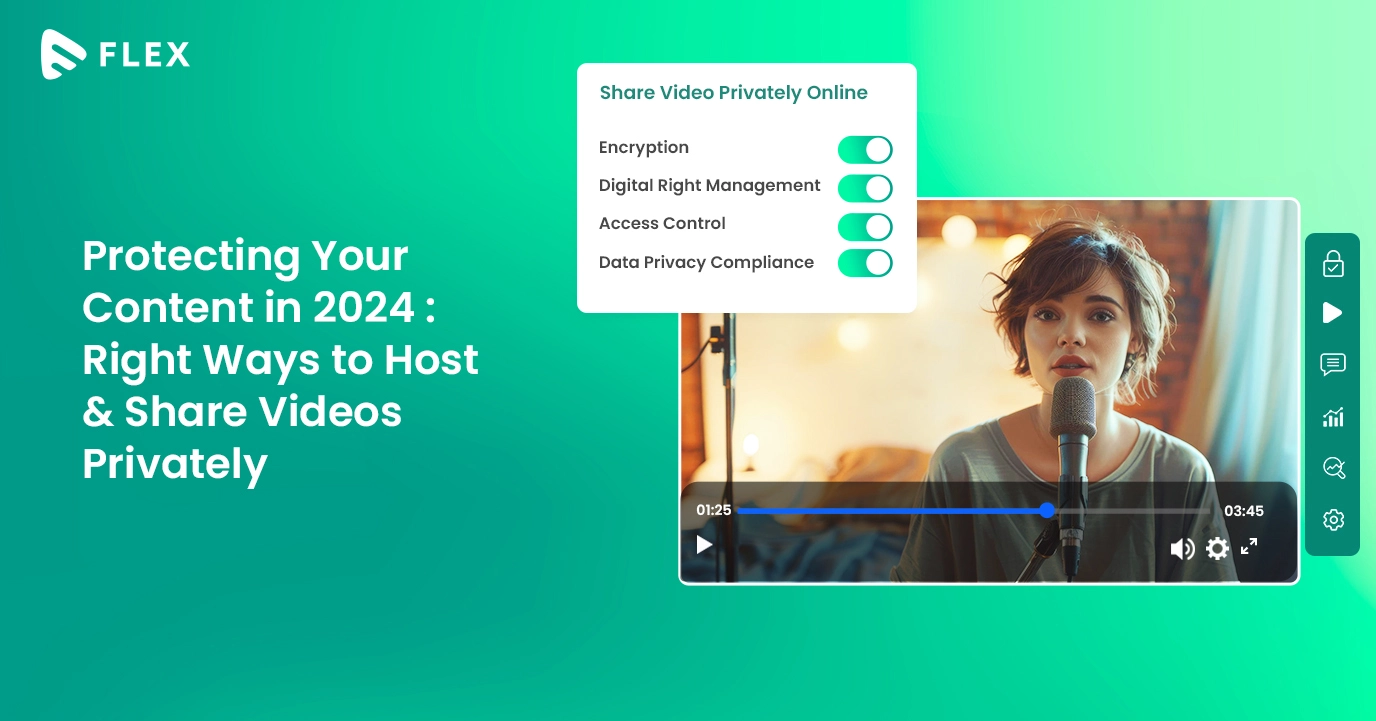




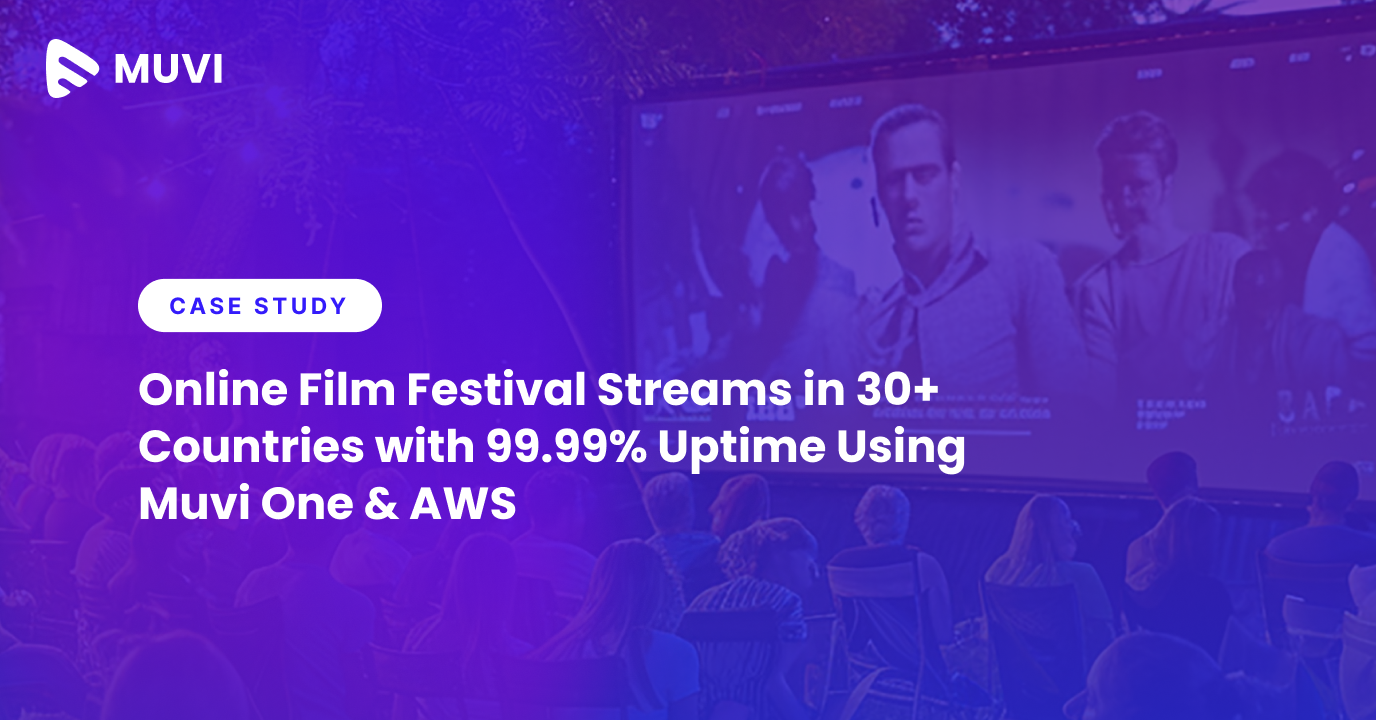




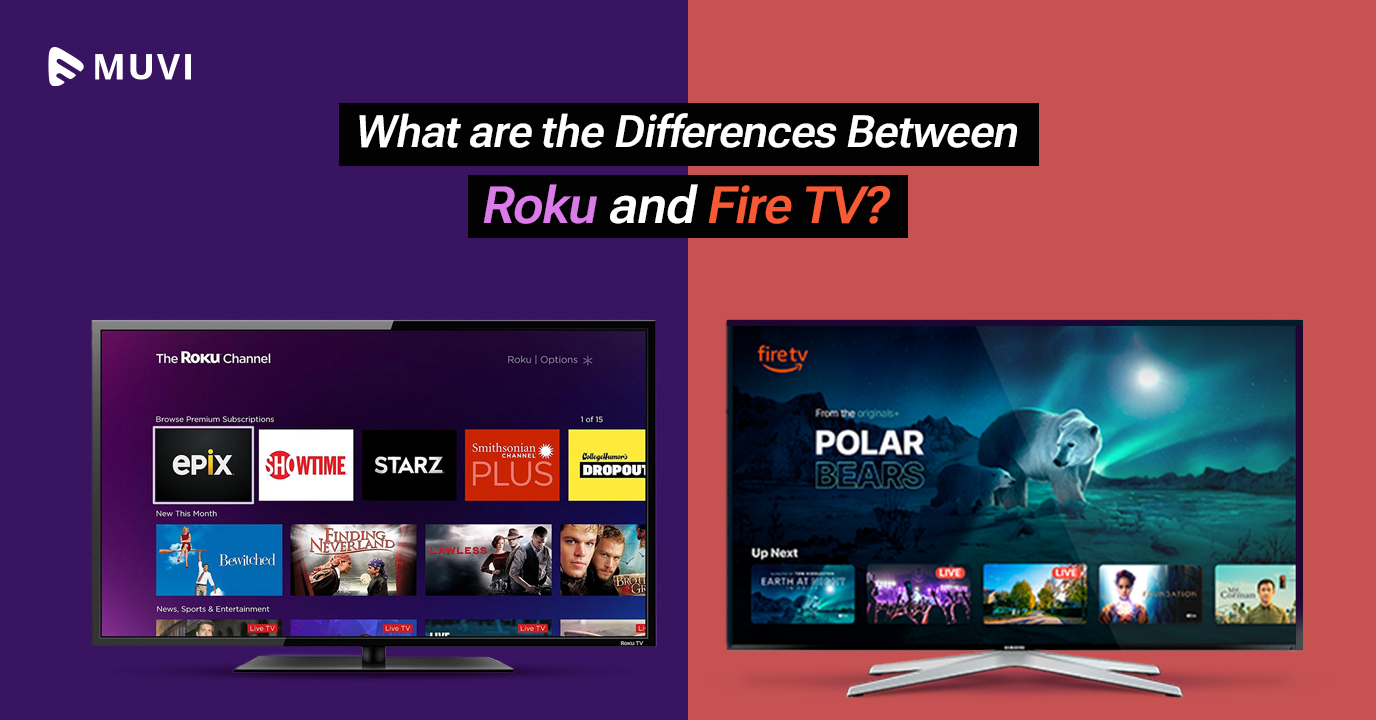
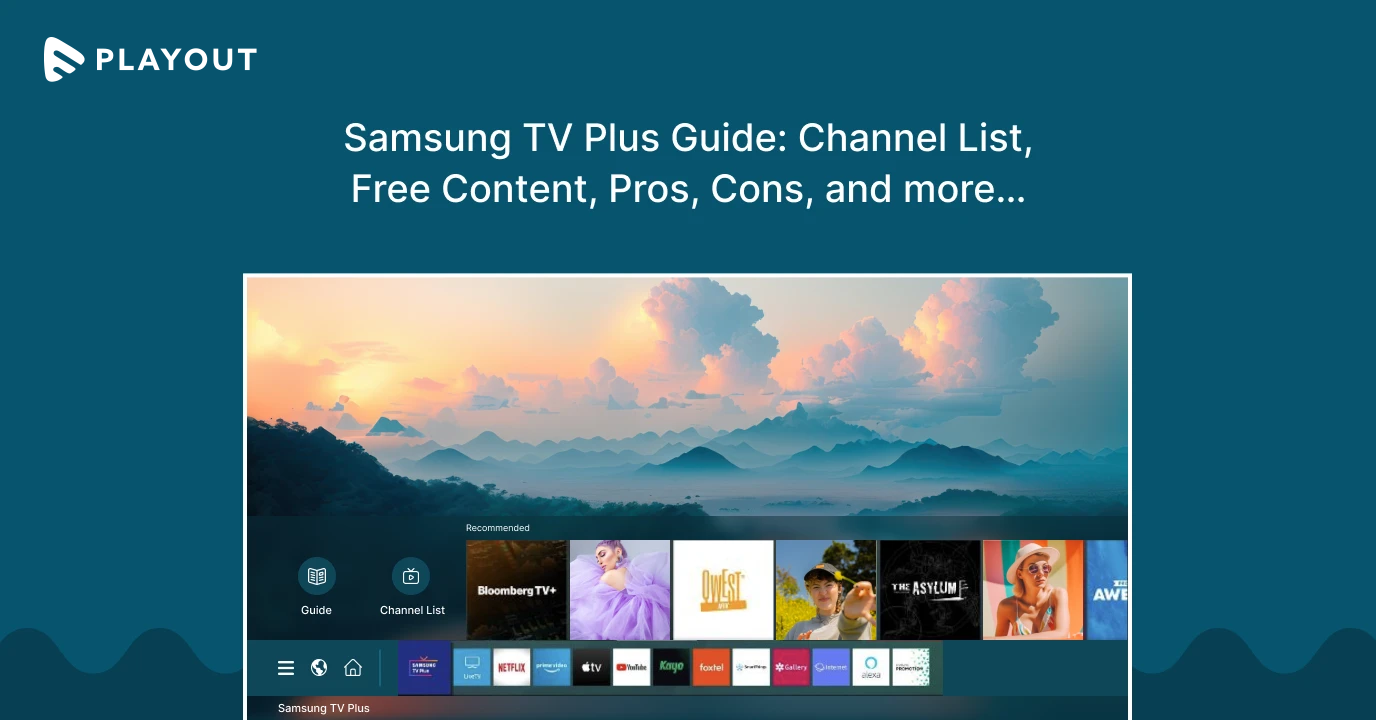
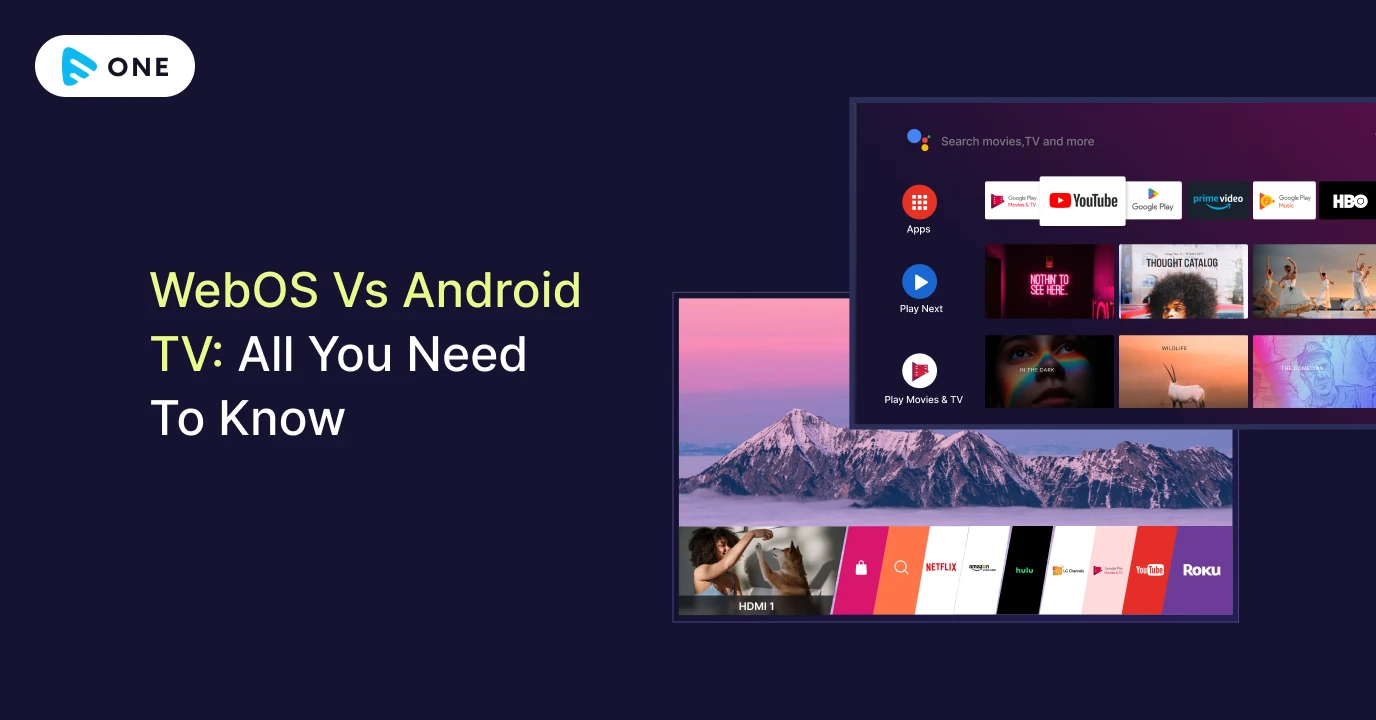



Add your comment